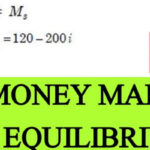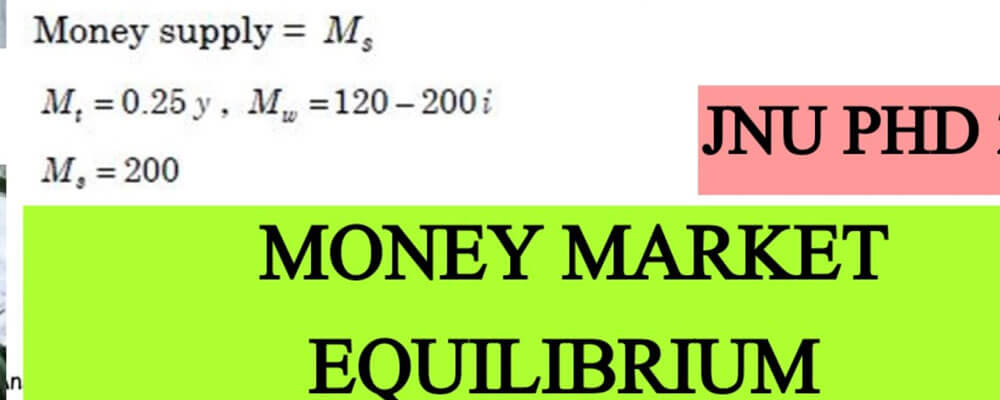Are you for the different types of interest? You are on the right place. Click to see the kinds of interest with definitions and examples.
When you borrow money from someone either its individual or any financial institute, you need to a specific amount of money against that borrowing, this extra money on the actual known as interest.
Probably a fix percentage is set against the payment. Let’s discuss below the different types of interest.
Table of Contents
ToggleTypes of Interest with Examples
- Simple Interest
- Discrete Compound Interest
- Continuous Compound Interest
Now It’s time to discuss them one by one in detail to know their actual meaning and use.
-
Simple Interest (or Straight Line)
Only on principal amount, simple interest incurs. The principal & interest are kept separately while calculating simple interest.
See Also: Different Types of Interest Theories
In other words, while calculating the interest of next period, the interest incurred in one year is not added to the principal. By using following formula, simple interest is calculated.
FV = PV + (PV x i x n)
Example: Assume that an individual have 100 dollars today and he desire to invest his amount with a bank for five years. An interest rate of 7% is offered by the bank.
By using the above mentioned formula, the simple interest on the investment can be obtained.
FV = PV + (PV x i x n)
- For the term of investment, here FV is the simple interest accrued.
- The amount invested is the PV which is 100 dollars.
- The interest rate offered by the bank is the “i”, which is 7% = 0.07.
- The term of investment assumed to be five years is the “n”.
By putting the values in the above formula, we get
FV = 100 + (100 x 0.07 x 5)
FV = 100 + (7 x 5)
FV = 100 + (35)
FV = Dollar 135
The future value of investments after five years is dollar 135 here. On the initial investment of dollar 100, dollar 35 is the interest accrued during five years.
-
Discrete Compound Interest
The most commonly used tool in Financial Management Discounting & NPV calculations is the discrete compound interest.
Compound interest takes into account the interest accrued for a term as well as principal, while calculating interest incurred during the next term, unlike simple interest.
In other words in order to calculate interest for the next period, interest incurred for one year would be added to the principal. However, in a discrete manner, this compounding of interest takes place.
The compounding takes place monthly, quarterly, semi-annually or yearly. Following formula is used to calculate annual compounding.
Annual (Yearly) Compounding
FV = PV x (1 + i)n
If the compounding takes place monthly than slight change in the formula is required which is as follow.
FV = PV x (1 + (i / m))m x n
During the term of investment, “m” refers to the compounding intervals. The value of “m” would be 12 in order to calculate monthly compounding. However, “m” would be equal to 4 in case of quarterly compounding.
Example: A compound return (interest) on the investment is offered by the same investor as in previous example at the same interest rate & term. Following is the future value of investment.
FV = PV x (1 + i)n
FV = 100 x (1 + 0.07)5
FV = 100 x (1.07)5
FV = 100 x (1.40255)
FV = 140.255
In this case the simple interest which is found in the first example is less than interest on five year investment of this example. However, the future value of investment would be as follow if compounding is done every month.
FV = PV x (1 + (i / m))m x n
FV = 100 x (1 + (0.07 / 12))12 x 5
FV = 100 x (1 + 0.005833))60
FV = 100 x (1.005833)60
FV = 100 x 1.4176
FV = 141.76
The wealth of investor increases to a greater degree, with more frequent compounding.
-
Continuous (or Exponential) Compound Interest
Exponential compound interest is the other kind of compound interest. An infinite number of times per year and at intervals of microseconds is included in this compound interest.
FV (Continuous compounding) = PV x ei x n
In the above formula “e” is constant and the obtained value of it is 2.718.
Example: With the same term and interest rate let’s assume that the same investor now has opportunity of investing at continuous compounding. The future wealth of investor is obtained by the following formula.
FV = PV x ei x n
FV = 100 x .718(0.07 x 5)
FV = 100 x 1.419
FV = 141.9
When the investor decided to invest in a scheme which offers continuous compounding, the wealth of the investor is the highest.
If the term of investment is increased, the difference between simple & compound interest can increase manifold.










